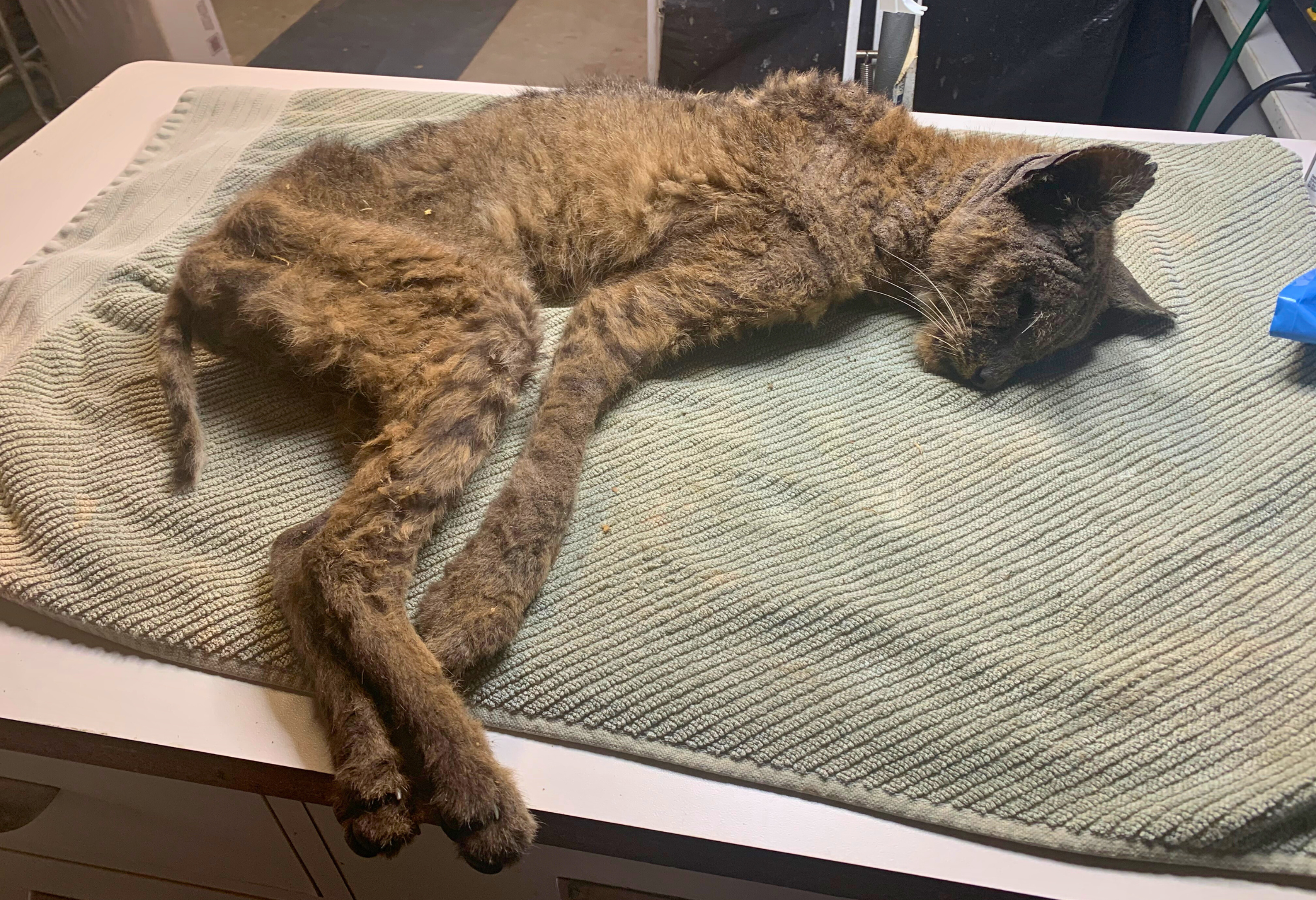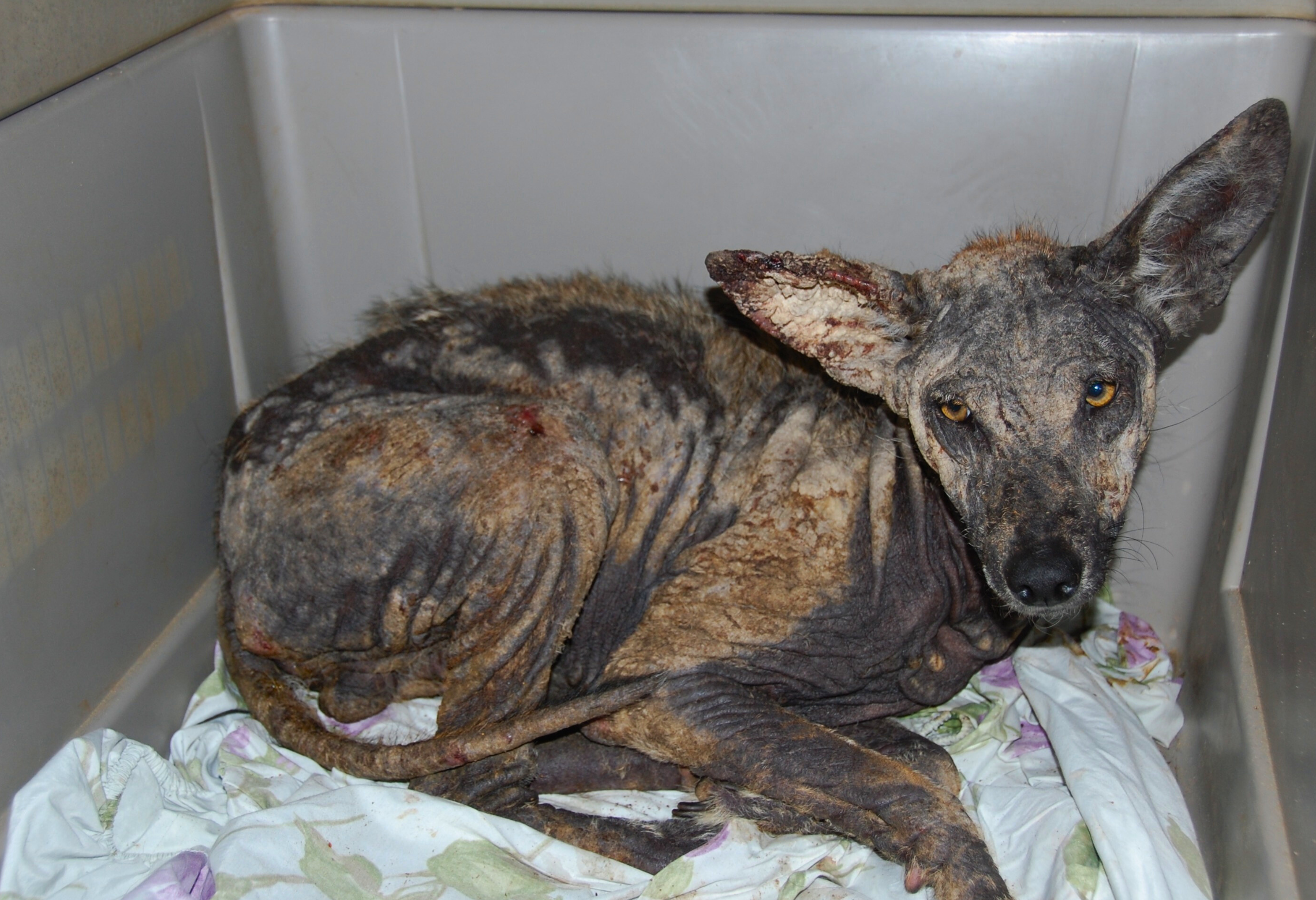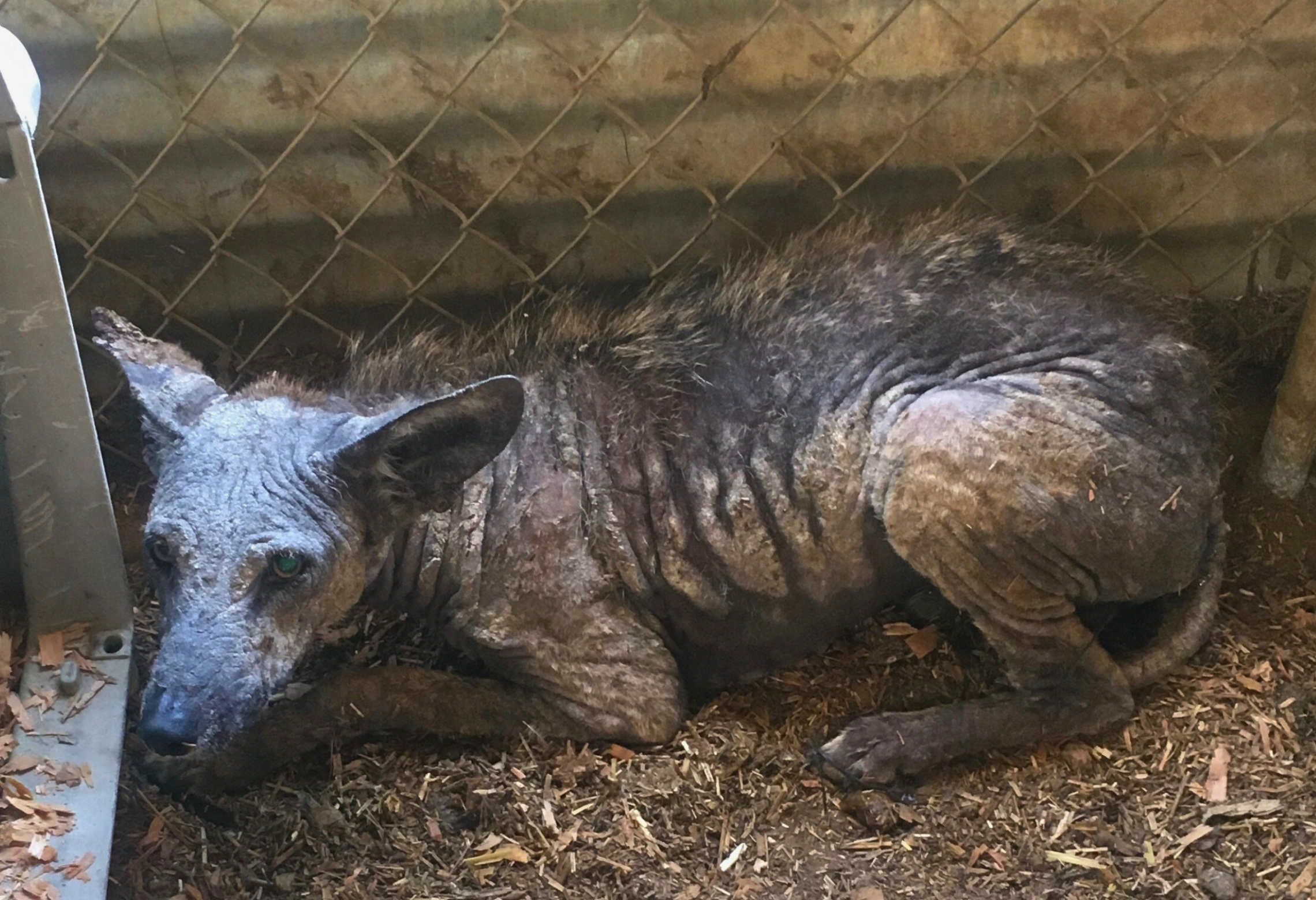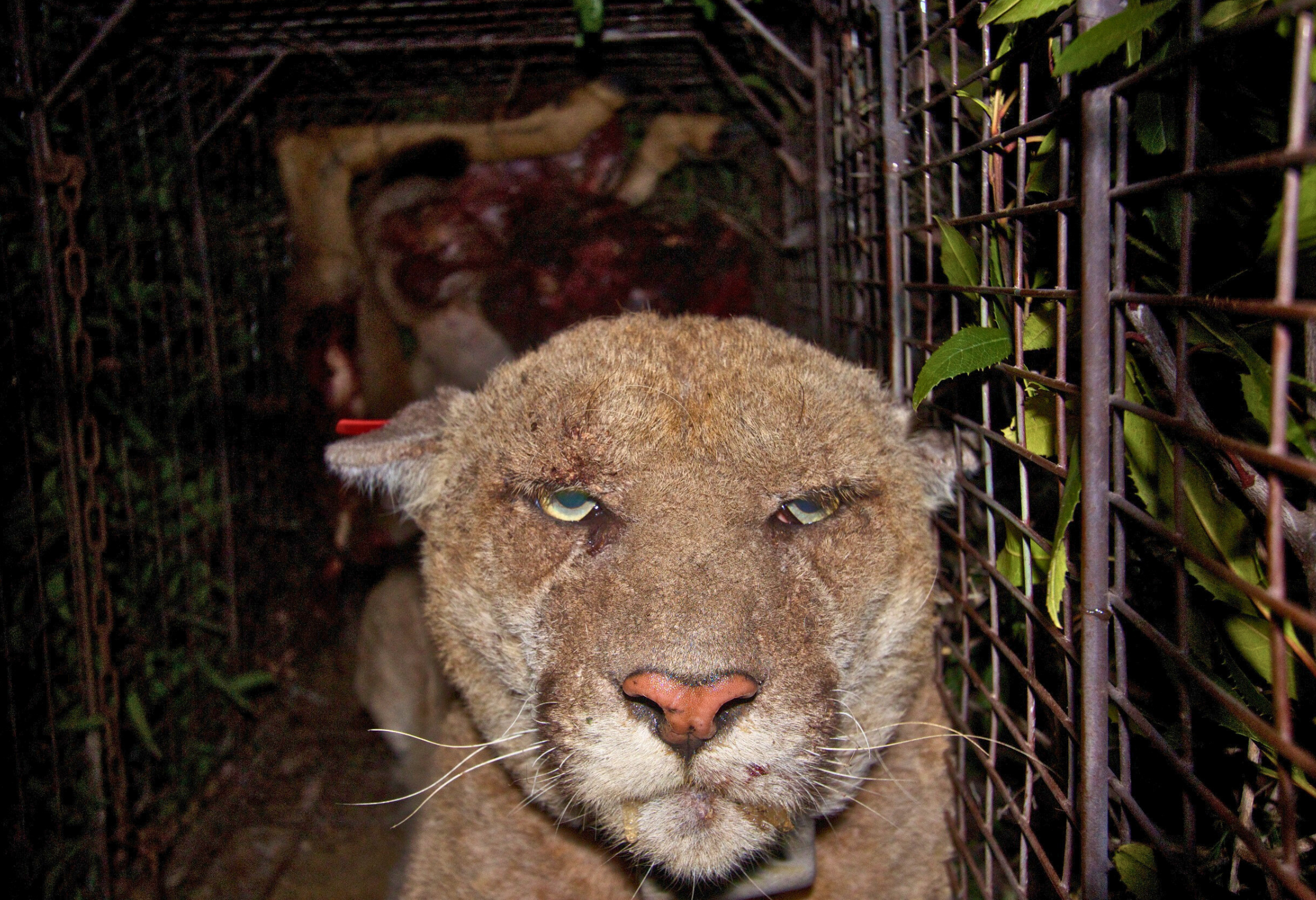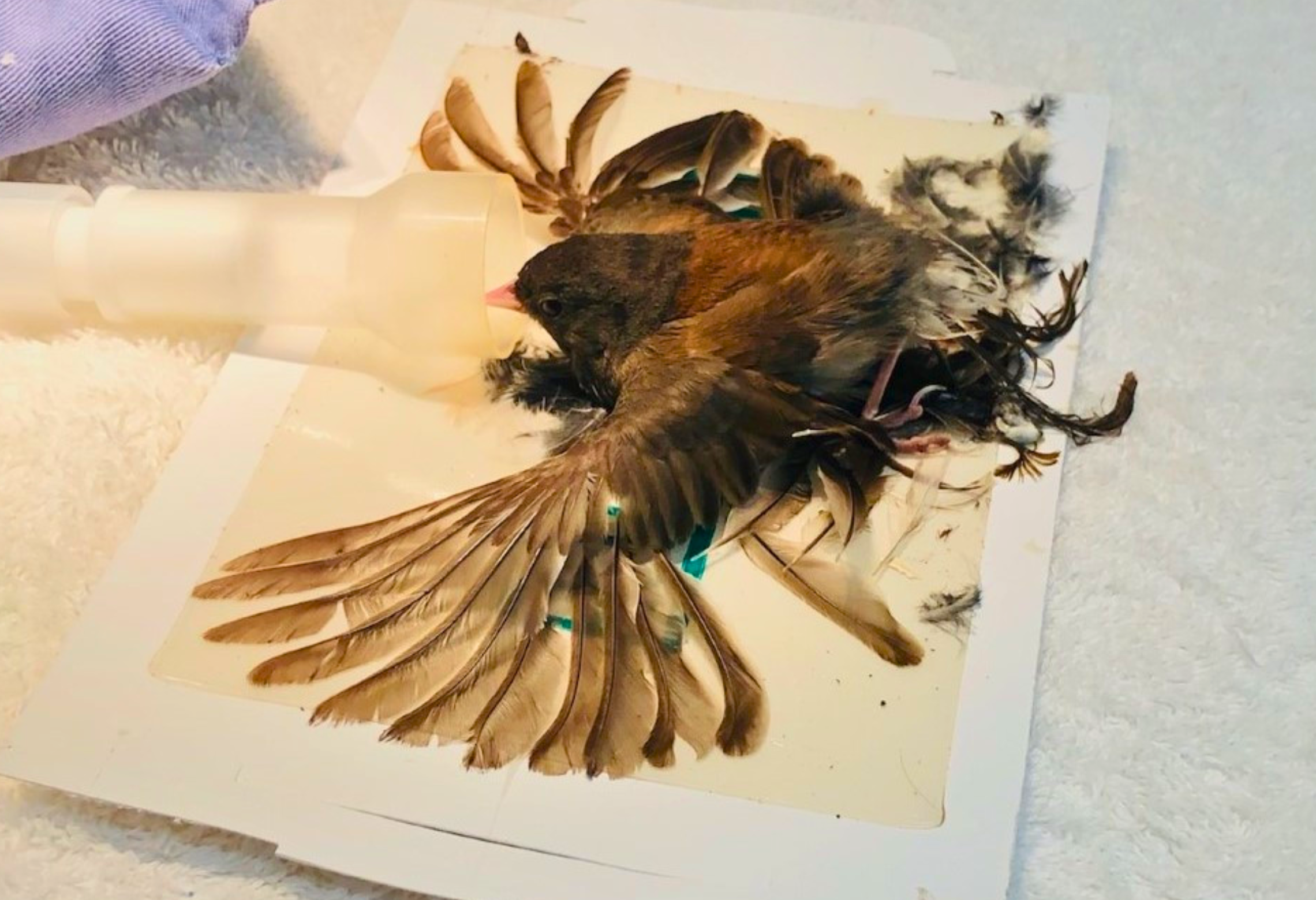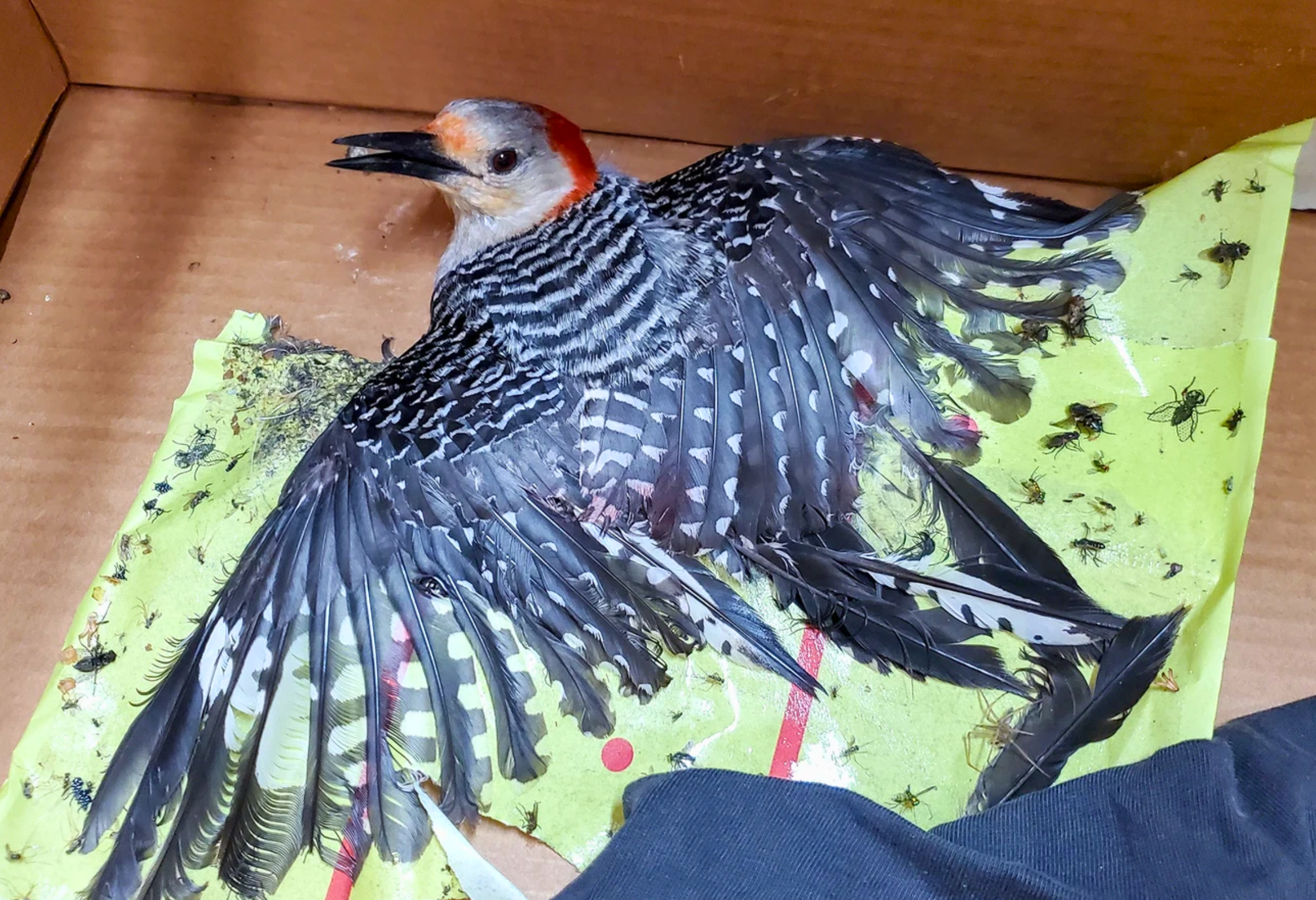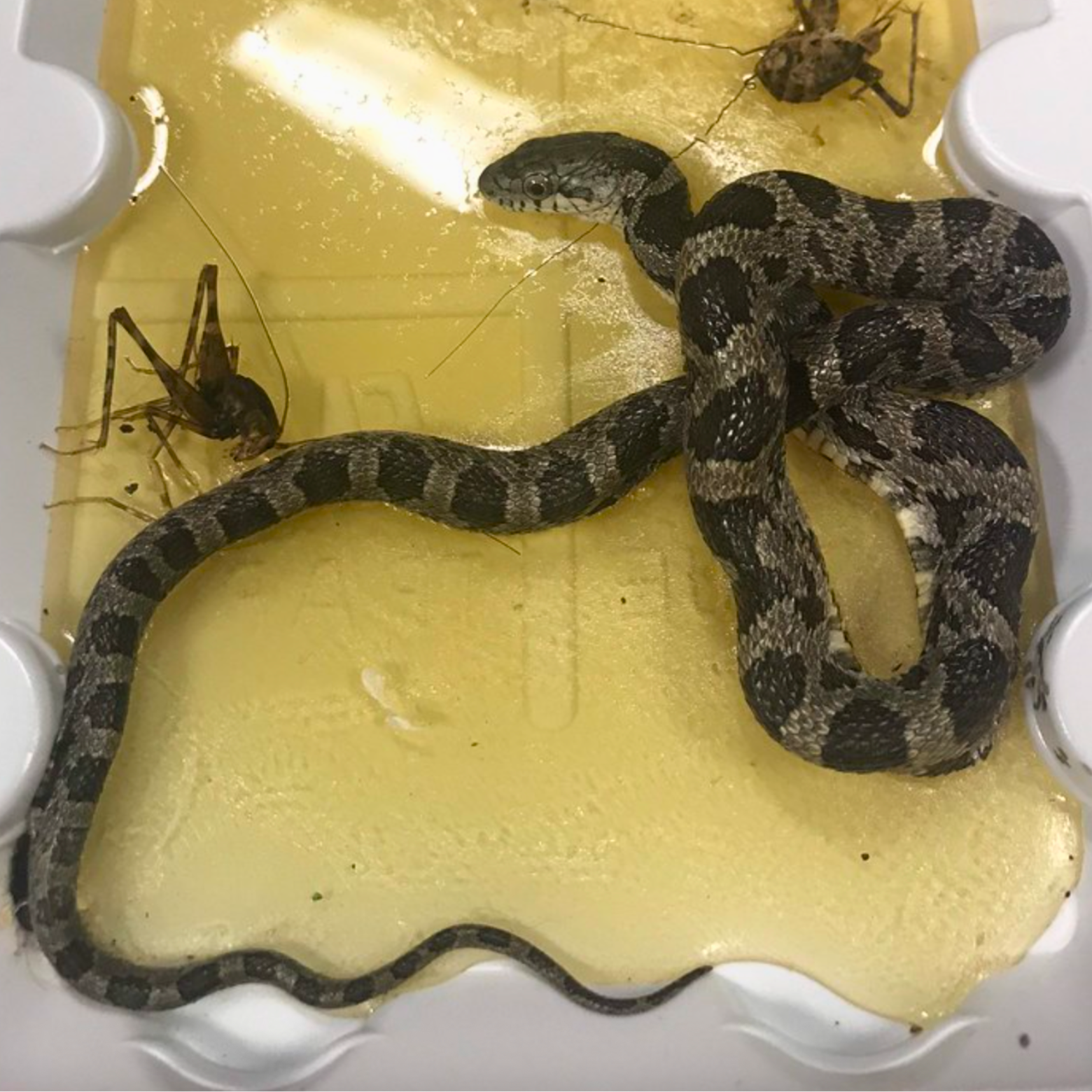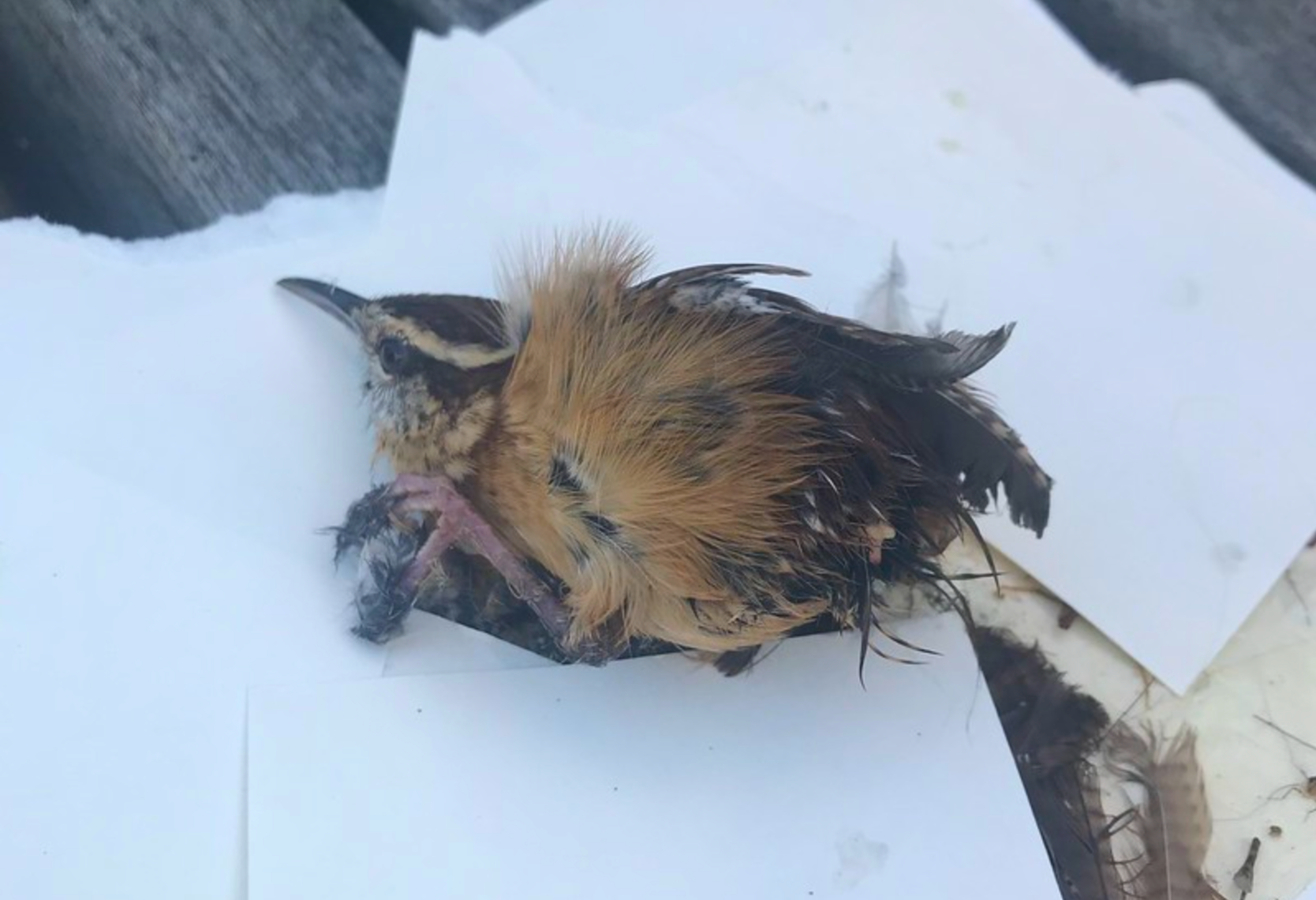Ways to Help Wildlife
Protecting endangered animals and plants is the Center’s core mission. From miniscule, nearly invisible fairy shrimp to gray whales and towering redwoods, all species have an intrinsic right to thrive.
But many common human practices are detrimental to wildlife and plants, especially sensitive species.
Here are just a few of our favorite tips for easing the pain of human impacts on wildlife, plants, and their habitat.
If you have tips you think we should add, feel free to write us. (We can’t promise to post them all, but we’ll do our best.)
Take Action Online
Prevent Bird–Window Collisions
Keep Cats Inside
Keep Dogs on Leashes
Ditch Rodenticides and Other Toxic Pesticides
Steer Clear of Glue Traps
Nurture Native Plants
Be Responsible With Bird Feeders
Build a Frog Sauna
Provide a Safe Haven for Bats
Don’t Get Rid of Fall Leaves
Live Sustainably
Donate to the Center
Take Action Online
Your voice is a crucial part of meaningful change. We see it all the time: A petition or barrage of public comments can make the difference in a species escaping extinction.
Visit our action alert page to take action on important wildlife issues (and a lot more).
Once you’ve taken action, go even further by sharing campaigns with your friends and family on social media.
And make sure you’re following us on Facebook, Instagram, Bluesky, Threads, LinkedIn, and YouTube so you can keep sharing our crucial (and often cute) content.
Prevent Bird–Window Collisions
Birds perform services that are necessary for ecosystem function and have economic value. For example, after major wildfires, birds disperse seeds to burned areas and aid forest regeneration. Birds also pollinate crops and control insect populations that threaten crops and could spread disease — a growing concern as the planet warms.
Over the past 50 years, the total population of North American birds has declined by an estimated 3 billion, and many of the 1,093 species of birds protected under the Migratory Bird Treaty Act are experiencing population declines due to increased threats across the landscape. According to studies, about 600 million birds die every year in collisions with building glass.
Large bird die-offs tend to happen during peak migration periods in the spring and fall. Weather conditions like rain, opposing wind, and fog can make it difficult for birds to orientate themselves. But an even bigger threat to migrating birds comes from cities’ light pollution: It can draw birds in and then disrupt their natural navigation abilities by blocking cues from the stars and moon, trapping them among deadly buildings. Anywhere buildings have external glass, birds can hit it — with catastrophic results. More than 1 billion birds die every year from collisions with buildings. Even small buildings, like houses, can be a big problem.
Here are some ways you can help save birds from colliding with your home or business:
- Turning off the lights: A 2021 study found that shutting off half the lights in large buildings can reduce collisions by 6 to 11 times.
- Making sure that blinds, shades, and/or shutters are in place and closed to reduce the nighttime light that attracts and confuses birds.
- To alert birds to the presence of glass during the daytime, installing temporary solutions, like parachute cords, tempera paint, screens, netting, tape, or decals — or one of many well-tested permanent products, like film or tape applied to the windows or acid-etching, fritting, and/or frosting the windows.
- If you have vegetation near windows, use one of the above ideas to make sure the glass is obvious to birds. Landscaping near windows can create an “ecological trap” making birds think they have a continuous flight path to another patch of vegetation.
It helps to know when and where birds will migrate through your area. The Cornell Lab of Ornithology’s live bird migration maps can help. Click on the map below to check them out.
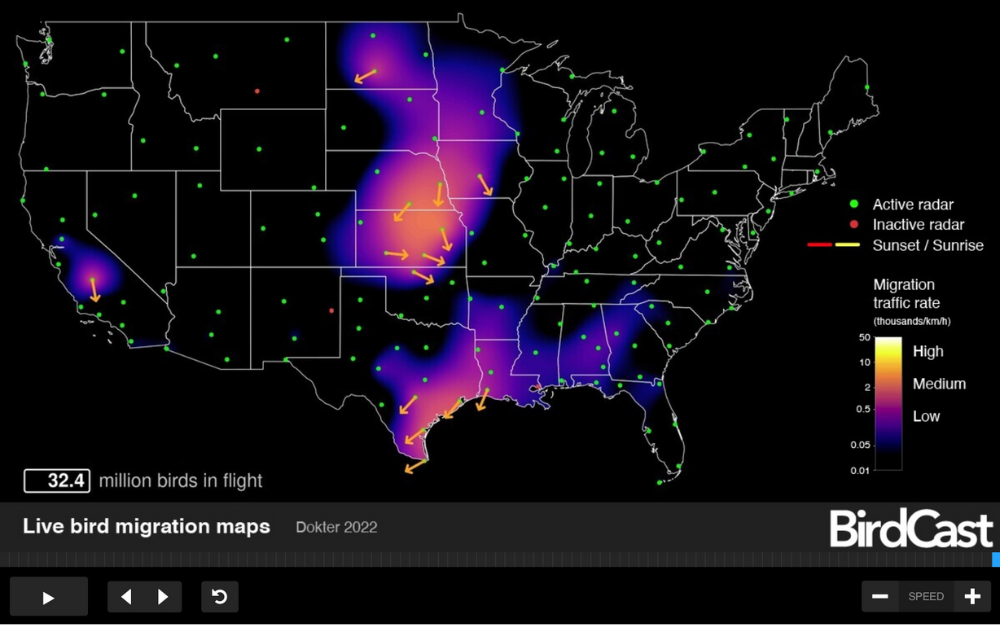
Keep Cats Inside
No matter how much they’re fed, housecats — both feral and free-ranging domestic — are hunters. In pursuing their instincts, they don’t distinguish between common “pests” and native wildlife. That makes them a significant threat to biodiversity, and they’ve contributed to the extinction of dozens of species.
Cats kill between 1 and 4 billion birds annually in North America, making them the single greatest threat to migratory birds. More birds die from cat encounters than from building collisions or poisoning by pesticides, and most birds killed are native species. Fledglings are at particular risk, and so are endangered species.
Cats also kill between 7 and 20 billion mammals each year, including native squirrels and rabbits, as well as herpetofauna like skinks, lizards, frogs, and toads.
Cats can also affect other predators through competition and disease transmission. Domestic cats have transmitted feline diseases, like feline leukemia, to endangered Florida panthers, and are a major source of the parasite Toxoplasma gondii, which can be fatal to wildlife like sea otters.
The solution? Keep your cat indoors. It’s better for their own health and safety, gives them a longer life, and helps protect wildlife.
Keep Dogs on Leashes
Dogs also hunt — and dig, and sniff, and trample (and engage in lots of other behaviors that scare wildlife and habitat). Disturbance by dogs is a major threat to small mammals and ground-dwelling birds, like piping plovers. Especially when you’re out in remote wilderness or on the beach, make sure to keep your dog(s) leashed.
Ditch Rodenticides and Other Toxic Pesticides
Rodenticides
Rat poisons, aka rodenticides, often cause secondary poisoning of nontarget wildlife who prey on animals poisoned with rodenticides. A U.S. Environmental Protection Agency evaluation finds that rodenticides are specifically pushing at least 78 endangered species toward extinction, including San Joaquin kit foxes, northern spotted owls, and California condors. Rodenticides also harm endangered fish and aquatic reptiles like alligator snapping turtles, bull trout, Atlantic salmon, and steelhead trout.
And they pose a serious risk to people and pets.
Remember: Killing “pest” wildlife — whether with traps or rodenticides — isn’t a long-term solution for population control because survivors breed faster and more will move in to take the place of their deceased friends.
Check out our Safe Rodent Control resources to learn more and find truly safe, long-term solutions for controlling rodents (and other animals) in your home and yard.
Pesticides
Pesticides pollute the air, water, and soil long after they’re applied, ending up in wildlife habitat throughout the United States. They threaten the survival and recovery of hundreds of federally protected species of every taxon, from amphibians (whose semi-permeable skin makes them especially sensitive) to native insects (like butterflies and bees) and all the way up the food chain to birds and mammals. Most pesticides are devastating to soil health.
By far the biggest user of pesticides in the United States is Big Agriculture — and the Center fights to make sure the U.S. Environmental Protection Agency safeguards the wild from this industry.
But many of the world’s most toxic herbicides and insecticides are also in products sprayed regularly in homes, gardens, and yards across the United States — where they can still harm the local ecosystem, make their way into the water supply, and possibly harm people and pets.
And of course, every time we buy these products, big pesticide corporations make money.
So it's best not to use any chemical insecticides or herbicides at home. For example, resist the temptation to reach for Roundup to deal with weeds.
Glyphosate, the main ingredient in this common product, has been shown to harm more than 1,600 federally protected species. It destroys milkweed, the only plant monarch butterfly caterpillars can eat.
Read on for help in figuring out what to do instead.
+ Nontoxic Alternatives
For both weeds and insects, go DIY.
Instead of Insecticides
Prevent: To stop insect infestations before they start (or at least get out of control), we recommend many of the same prevention methods we recommend for rodents.
Go DIY: You can use natural products like diatomaceous earth, neem oil, cedar, and traps with natural materials like apple cider vinegar or honey.
Go organic: Organic pest control can limit the environmental harms of pest control. If you purchase pest-control products, be careful to read the labels to make sure they’re safe for you and your family.
Eco-friendly professionals: If you need help with an existing infestation that you can’t solve with any of these techniques, you can always turn to a professional company specializing in nontoxic solutions that are safe for people, pets, and wildlife alike.
Instead of Herbicides
Weed by hand: The most wildlife-safe way to control weeds is to pull them or dig them up with shovels and special weeding tools, ideally before they’ve had a chance to get out of control.
Mulch: Mulching is extremely effective at preventing weed growth by blocking the sun from reaching the soil — at the same time conserving soil moisture, moderating soil temperature, reducing erosion, and improving soil fertility and structure over time. Sheet mulching with cardboard underneath wood chips can be a low cost and effective way to limit weeds for the season. (And it looks great too.)
Try natural remedies: There are tons of options for killing weeds that aren’t poisonous to people and the environment, including essential oils, corn-gluten meal, and even boiling water.
Don’t have a lawn: Lawns require a lot of water, maintenance, and often are associated with pesticides. They’re also bad for the environment because they replace native plants that could provide habitat for pollinators and other wildlife. They also take vast amounts of water to stay green, so if you live in the U.S. West or another place where water is a precious resource, it’s time to ditch your conventional lawn. Instead, encourage the growth of healthy native plants to outcompete weeds.
Steer Clear of Glue Traps
Typically used to control or eliminate insects, mice, and rats, glue traps are advertised as nontoxic, easy to use, and cost effective — a smart alternative to poisonous bait — and are popular as a result. But in reality they’re an ineffective, cruel, and dangerous way to rid your home of pests.
Also known as glue board traps or trays, these horrible traps are flat pieces of cardboard or plastic covered with a specially designed sticky adhesive, either scented (like peanut butter) or unscented. Mice will walk across them or insects will fly into them and immediately get stuck, unable to free themselves until they eventually die — an often agonizingly slow death by starvation or suffocation.
These traps — usually used inside — are also dangerous to household pets. In any instances where they’re placed outside, often to catch insects, they can harm any other creature who lands on their surface, from bats and birds to snakes, frogs, and small mammals (including fox cubs and hedgehogs). When a nontarget animal gets caught in a glue trap, removal of the trap may require surgery by a veterinarian, or if the animal somehow manages to pull the trap or tray off, they can lose fur or even skin.
The U.S. Centers for Disease Control and Prevention advise against using glue traps, simply because they increase people’s exposure to a variety of pathogens transmitted by animal feces and urine.
If you find an animal caught in one of these traps, please consider it an emergency and contact a vet or wildlife rehabber. Trying to release it yourself could cause further injury to the animal or to you (and anyone else trying to help). Even if the animal doesn’t look injured, it’s scared and in a stressful situation.
Nurture Native Plants
Native plants provide habitat, nutrients, and other essential resources for wildlife. They’re the primary source of food and shelter for a wide range of wildlife species, from birds to mammals to reptiles to insects — including native bees and other pollinators (and their larvae).
Since native plants evolve for survival, they tend to be more naturally adapted to local growing conditions than nonnative species — and they often require fewer inputs (like fertilizer or even water) for successful establishment.
Be Responsible With Bird Feeders
If you have bird feeders, it is crucial that you clean them often to avoid spreading avian diseases.
General recommendations:
- Clean general songbird feeders at least every two weeks — but more often when birds are using them heavily, during wet weather, or if you hear reports of sick birds or salmonella in your area.
- Clean hummingbird feeders every few days — especially during hot weather.
- Clean suet feeders with each refill.
Build a Frog Sauna
All over the world, the chytrid fungus is devastating frogs. Chytrid harms frogs by disrupting the integrity of their skin, which is vital for breathing, drinking, and balancing electrolytes needed for heart function. It leads to lethargy, skin-shedding, and ultimately cardiac arrest and death. At least 500 frog species have faced declines, including as many as 90 that are now presumed extinct. The resulting biodiversity loss surpasses the impacts of other amphibian threats, and few strategies exist to address chytrid.
But recent research shows that we can fight winter outbreaks of the disease by building “frog saunas” — essentially, brick-filed greenhouses — which give affected amphibians a place to warm and “bake off” their infections. Learn how to build one.
Provide a Safe Haven for Bats
Besides controlling pests by eating pesky bugs, bats are important to ecosystems — and they’re more imperiled than ever.
You can attract these amazing flying mammals to your yard by providing food, water, and a safe place to roost.
Learn more and get instructions for building a bat house from Bat Conservation International.
Don’t Get Rid of Fall Leaves
Leaf litter provides crucial winter habitat, warmth, and food for many critters, including pollinators like bees and butterflies. Decomposing leaves add nutrients to your soil and help it retain moisture.
Instead of getting rid of dead leaves, you can simply leave them where they fall, rake them into one or several piles, use them as mulch, or compost them.
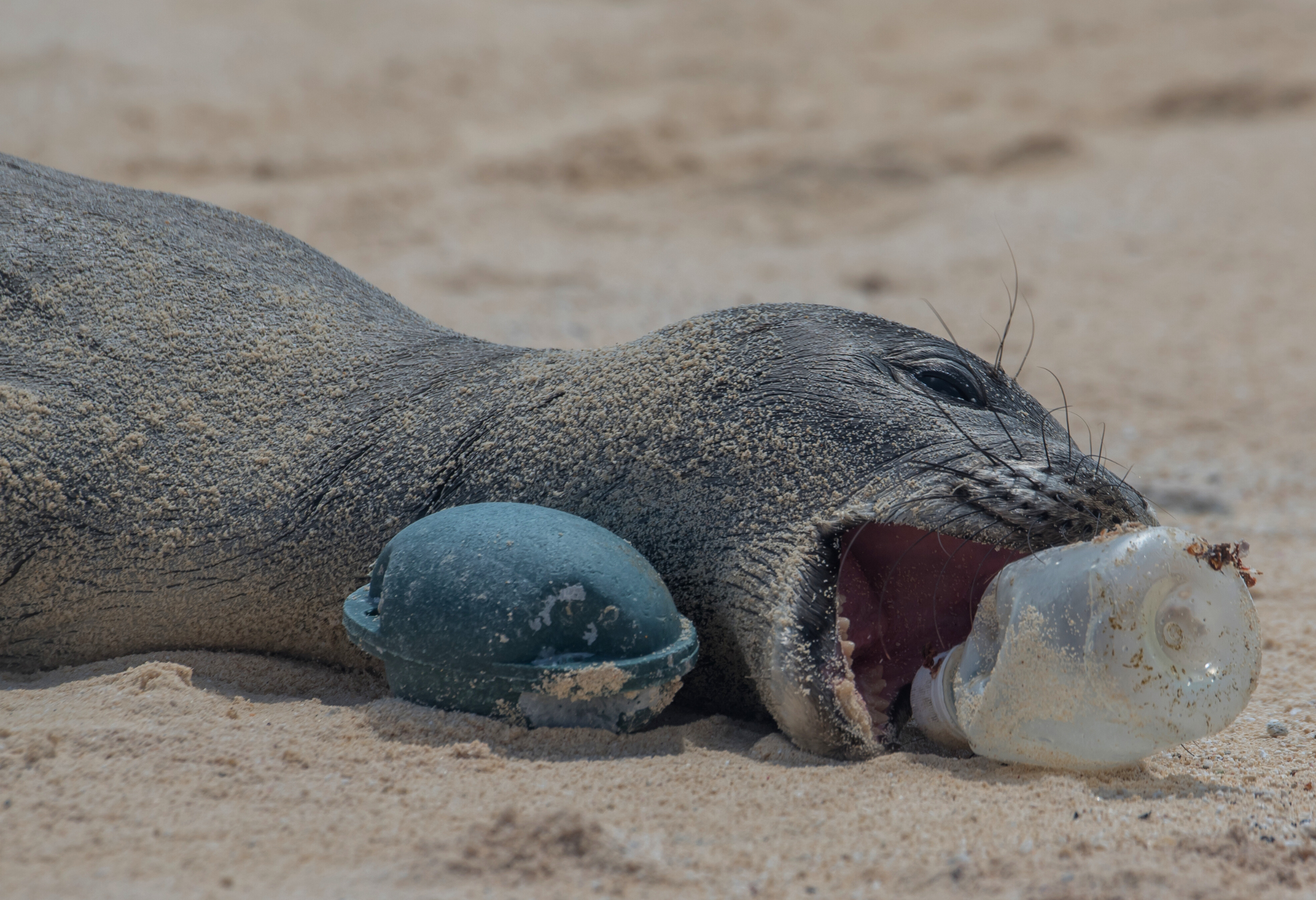 Seal trying to eat a plastic water bottle. Photo by Matthew Chauvin/NOAA.
Seal trying to eat a plastic water bottle. Photo by Matthew Chauvin/NOAA.
Live Sustainably
Your everyday habits make a huge difference for the wild … including, of course, wildlife.
Donate to the Center
One of the best ways of all to help wildlife? Donating to the Center.
If you become a member with a monthly donation, you’ll be helping all the time without even thinking about it.
But there are plenty of other ways to give — learn about them all.

